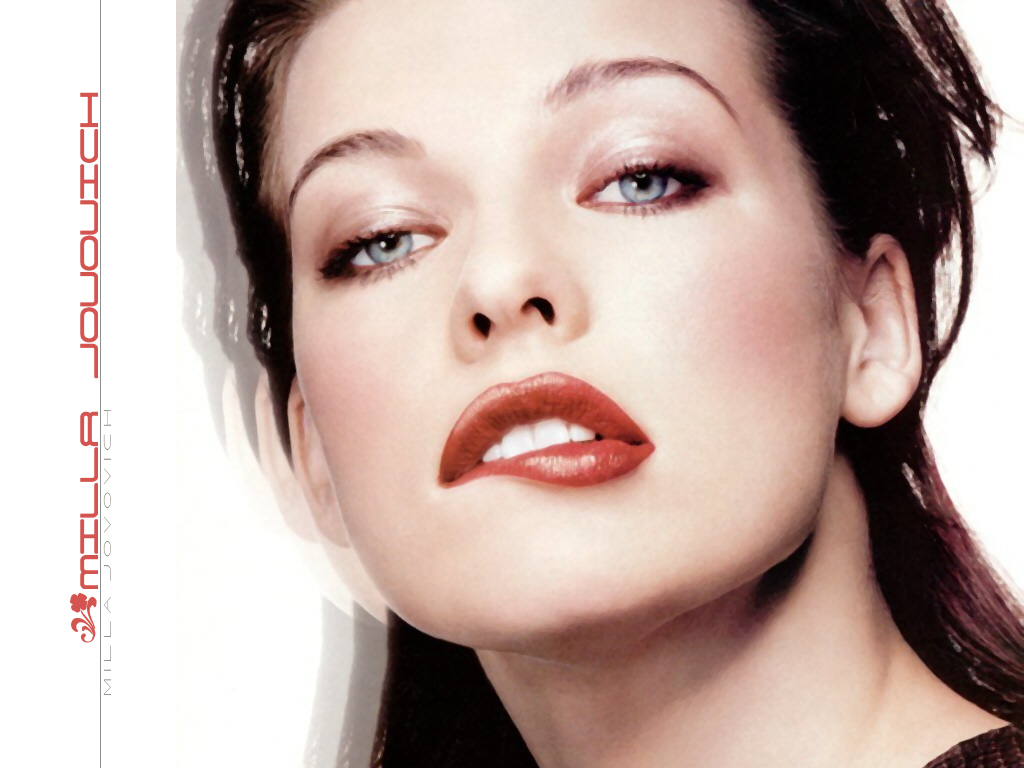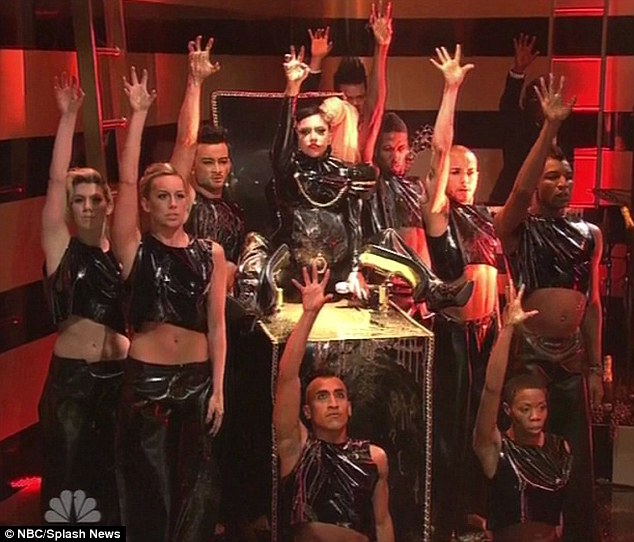A decade or so ago it would have been absolutely unheard of to see timber lining the external walls of a modern architect's latest creation. After all, wood was a material that had been replaced many moons ago and was only found on rotting barns... right?
Like absolutely everything in construction, materials have the habit of forming a full circle. Timber was once the only material used, before technology allowed bricks and all sorts of other alternatives to replace it. Now, contemporary builders are turning to wood again with many under the impression that it releases an ultra-stylish appearance. Additionally, there is also the matter of sustainability and in a bid to stay on the green side, it goes without saying that timber performs much better than bricks and other products.
Therefore, wood is in fashion. It might not be found on your latest set of Wimpy houses, but take to any contemporary street and you'll see plenty of it. If you're looking to replicate the effects of the material, read on and find out what considerations need to be made to make the most of timber and create another wood-cladded sensation...
Which type of wood will you be using?
This question could be rephrased; 'how much is your budget?'. A lot of the time, you won't have much say in the type of wood that you opt for and money really does talk when it comes to choosing a timber.
Fortunately, there are plenty of varieties out there that have been deemed suitable to be used on outside walls. One might not be surprised to read that the likes of oak and chestnut are some of the most expensive options, but naturally provide the highest-quality finish. Down the scale we have cedar and larch, which are classed as softwoods but have the durability factor which makes them the market favourites. Then, at the bottom of the ladder we have pine and as well as holding the most basic appearance, this has the uncanny knack of deteriorating the quickest.
This means there is plenty of food for thought. While you might love the appearance of pine (and trust us, you'll probably be in the minority), you've also got to realise that it will come under a lot of stress and need replacing at shorter intervals than initially more expensive options.
How will the wood be implemented?
We don't need to tell you how many advanced cladding techniques there are now available, you just need to take a look around here and see all of the different materials and styles that can now be adopted.
As such, the world is your oyster when it comes to laying out your timber. It goes without saying that horizontal and vertical layouts are the most common, although don't be fooled into thinking that this is your limit. Some will opt for a diagonal approach, while others will overlap the timbers to create an embezzled effect.
Another misconception revolves around the size of the material. Even if you're buying the whole lot of timber in fixed sizes, don't be under the impression that you have to stick to them. They can be broken down into smaller pieces, although naturally this will involve increased labour costs for the fixing stage.
Who will fix the material?
It would be fair to say that installing a cladded wall is somewhat different to building a brand new one out of bricks. You might think it looks easy - but we'd urge you to stop in your tracks. Wood is a material that can go drastically wrong; it can change shape, become affected by moisture amongst a whole host of other defects.
This means that during the installation phase, the adequate provisions have to be made. The battens in which the cladding is fixed to can’t be spaced too far apart, as this could result in the timber bending. In other areas, a weatherproof membrane is a necessity, while openings must be left between each element of cladding to allow for any seasonal movement.
The above paragraph really is the tip of the iceberg and it's not the sort of handbook you want to be taking to your own construction site. If any of the above sounds confusing, it's time to ditch the DIY job and take to the Yellow Pages.
What is the finished article going to look like?
And finally, what everyone has been waiting for - what is the cladded timber going to look like by the time it is in use as a fully functioning wall?
If you happen to have used an expensive hardwood, there's every chance that you'll be looking to keep things as natural as possible and you might not even have to take out your paintbrush to preserve the material.
However, as soon as the timber gets softer, it might be time to change the approach. Not only will you want to purchase some sort of product to tailor the appearance to your liking, but you'll also probably need a wood stain to protect your wood.
The preservation of cladding becomes even more important if your property sits in an exposed location, without much natural protection. With regular masonry walls your main worry is penetrating damp, but when it comes to cladding you've also got to work to ensure that you're not regularly tearing down the wall coverings every few years just because the timber wasn't preserved adequately.
And there we have it - the four considerations whilst putting together your modern wood-cladded dwelling. While it might seem a lot to take in, a lot of homeowners forget that one of the major benefits of cladding is that it can easily be changed. Admittedly, it’s still a relatively big job, but if you do want to freshen things up from time to time and can afford to purchase new timber, it’s undoubtedly possible and can provide a completely different image to your home.
VIA «Old is the New New: Making Wood Work for Your Contemporary Pad»



 At once it is necessary to comment, that the above-named method not is the new. According to experts about method Kwikset Bump Key it is known already more than 20 years.
At once it is necessary to comment, that the above-named method not is the new. According to experts about method Kwikset Bump Key it is known already more than 20 years. Bumping is a method of longitudinal shock influence on the cylinder lock. Process looks so: the special key (Bump Keys) and a small hammer is required to the malefactor. The burglar inserts into lock Bump Key and starts to tap slightly. Because of vibration the confidential mechanism of the lock can be arranged itself under Bump Key Sets which needs to be turned thus in a keyhole. It is a little patience — and the lock opens...
Bumping is a method of longitudinal shock influence on the cylinder lock. Process looks so: the special key (Bump Keys) and a small hammer is required to the malefactor. The burglar inserts into lock Bump Key and starts to tap slightly. Because of vibration the confidential mechanism of the lock can be arranged itself under Bump Key Sets which needs to be turned thus in a keyhole. It is a little patience — and the lock opens...

























![Goth Legion by Asger Juel Larsen [men's fashion]](https://blogger.googleusercontent.com/img/b/R29vZ2xl/AVvXsEhwpnLwx5iNSD-GNZXs6Ut5mWE8csrOhtxzUmmq1Vo-6iJwJR7iT-eQWHW5SDSVDPrUl1eX_zPpnmHuI_EassPwiJuRWtir-71EVU0Wmv33BRPYo6BbYkTJwmBSDIanOHlPUn1G4xQXhDc/s1600-rw/1_i.jpg)


![Jack & Jones for the Fashion Conscious Guy [men's fashion]](https://blogger.googleusercontent.com/img/b/R29vZ2xl/AVvXsEgEkk_NsetdOdVkW7gpkAleqC4YSqXlSo6bUD0oFK-V3Pak6aZe8ZnACFc_zkYk16WLpltVThmJdKWCpZGZFgm0F65sEfc-esIjuhiMhs9lMVm0CvMRuApSM7pBaaugb0ekYWH929YRc40/s1600-rw/Premium1.jpg)

![Textile Print Men’s Trends S/S 2016: Patternbank [men's fashion]](https://blogger.googleusercontent.com/img/b/R29vZ2xl/AVvXsEh1tVqimuk2wvd62wJeWyKeWc4WYLReN-w0vPeif0hZtc3nZPJTBa7r6yI7ySUUDf7DE2mGbFE-pJoYkN1QoWRp_8pnh-nFvGuwaFOcKdvQDqgU4E14_g02rhVdKDOVfp11fyHI5QCyNdg/s1600-rw/ss13_mens1.jpg)




